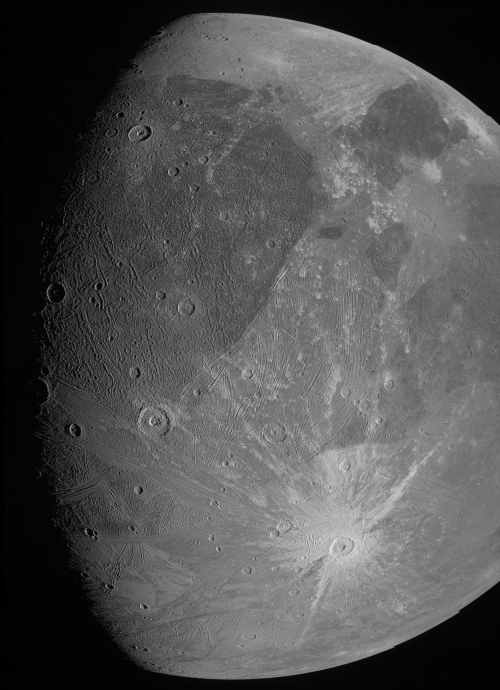Tens of thousands of Georgia Biden ballots were likely just duplicate copies of one ballot
It appears the reason a Georgia judge decided to unseal all 147,000 mail-in ballots for close inspection were the affidavits from four poll workers stating that tens of thousands of mail-in ballots voting for Biden appeared to be mere photocopies of the same ballot, and should have been invalidated and were not.
Voyles [one of the poll workers] said she noticed that all of the ballots were printed on paper different from others she handled as part of a statewide hand recount of the presidential election.
She also said none were purportedly folded or creased, as she typically observed in mail-in ballots that had been removed from envelopes.
“All of them were strangely pristine,” said Voyles, who for 20 years has monitored elections in Fulton County, which includes much of Atlanta.
The watchdogs suspect as many as tens of thousands of the ballots may have been manufactured in a race that Biden won by just 12,000 votes, in large part because of the late surge in mail-in ballots counted after election monitors were asked to leave State Farm Arena in Atlanta.
This is the same issue that is suspected for many mail-in ballots in other states, thousands of fake ballots that appeared out of nowhere late in the vote counting, all of which were for Biden and all of which appeared very questionable.
If after inspection these allegations are found to be true , it very likely will invalidate the certified results in these states. At a minimum, it will show that the election of Joe Biden was fraudulent.
It appears the reason a Georgia judge decided to unseal all 147,000 mail-in ballots for close inspection were the affidavits from four poll workers stating that tens of thousands of mail-in ballots voting for Biden appeared to be mere photocopies of the same ballot, and should have been invalidated and were not.
Voyles [one of the poll workers] said she noticed that all of the ballots were printed on paper different from others she handled as part of a statewide hand recount of the presidential election.
She also said none were purportedly folded or creased, as she typically observed in mail-in ballots that had been removed from envelopes.
“All of them were strangely pristine,” said Voyles, who for 20 years has monitored elections in Fulton County, which includes much of Atlanta.
The watchdogs suspect as many as tens of thousands of the ballots may have been manufactured in a race that Biden won by just 12,000 votes, in large part because of the late surge in mail-in ballots counted after election monitors were asked to leave State Farm Arena in Atlanta.
This is the same issue that is suspected for many mail-in ballots in other states, thousands of fake ballots that appeared out of nowhere late in the vote counting, all of which were for Biden and all of which appeared very questionable.
If after inspection these allegations are found to be true , it very likely will invalidate the certified results in these states. At a minimum, it will show that the election of Joe Biden was fraudulent.











